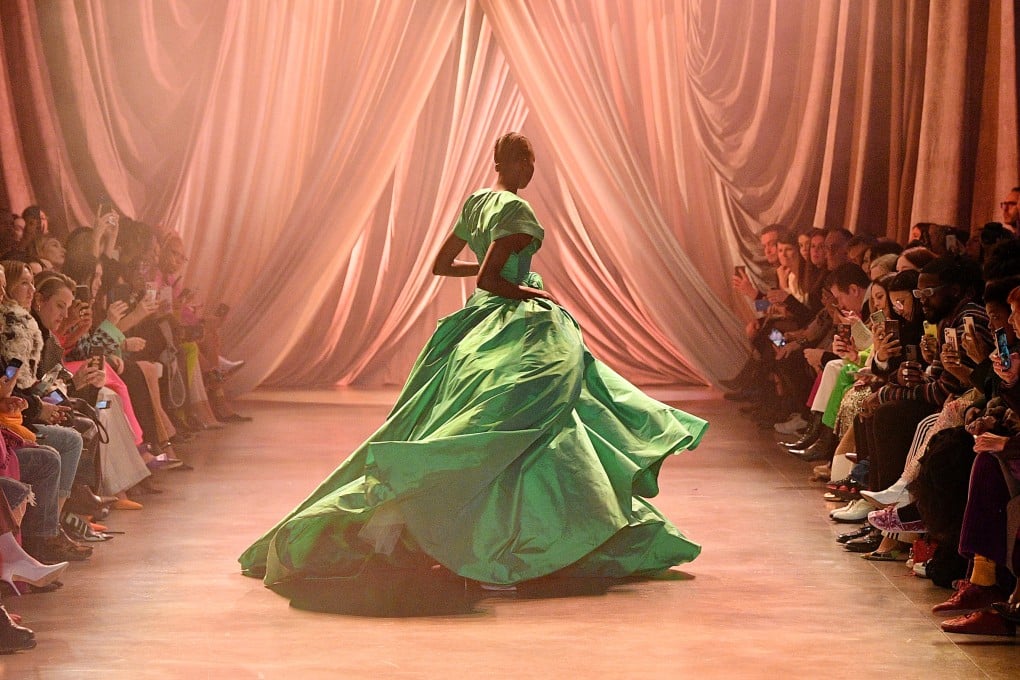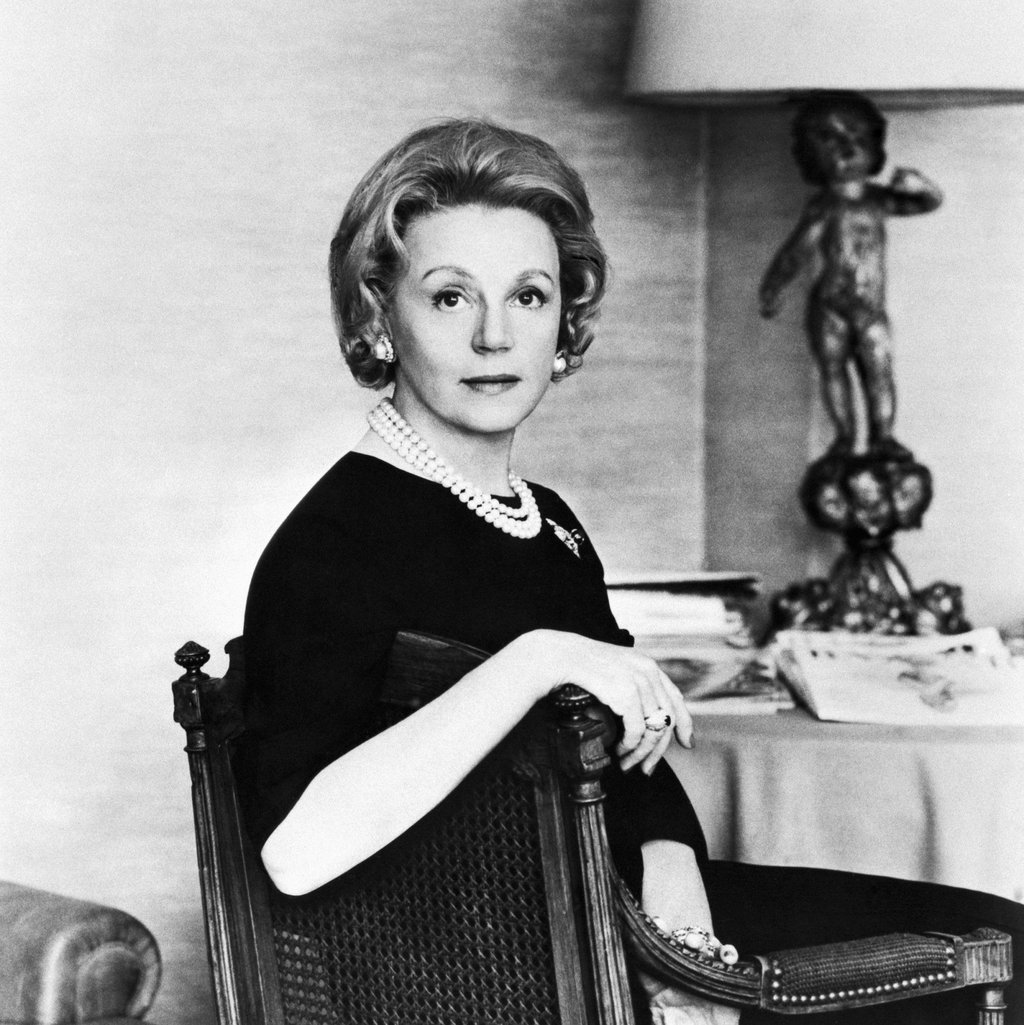What’s it really like to work a ‘big four’ fashion week? A stylist, photographer and model reveal
- The ‘big four’ fashion weeks are lavish events attended by the biggest brands and stars, but behind the glamour lies intense work under stressful conditions
- Speaking with three industry professionals, we peek behind the scenes to see what their schedules are like, how they cope and their advice for others

Christened “New York Press Week”, the first fashion week was founded by the American super-publicist Eleanor Lambert in 1943.
Despite Paris being considered the fashion capital of the world, the French city only followed suit in 1973. That event, known as the “Battle of Versailles”, was a sartorial tête-à-tête that saw five American and five Parisian designers compete against each other, with the Americans stealing the show.
Milan also beat Paris to it by launching its fashion week in 1958, while London, which rounds out the cities in fashion’s “top four”, launched its version in 1984.
To begin with, each city’s biannual fashion week was staged predominantly for department store buyers – working for the likes of Harrods, Dover Street Market and Bergdorf Goodman – and the print media.

Historically, the seasons were attuned to retail cycles, giving the press time to write about and photograph the garments for high-fashion publications, such as Vogue and Harper’s Bazaar, before they made it to retail six months later.
Recently, however, this has changed to accommodate pre-autumn and cruise (or resort) collections.
